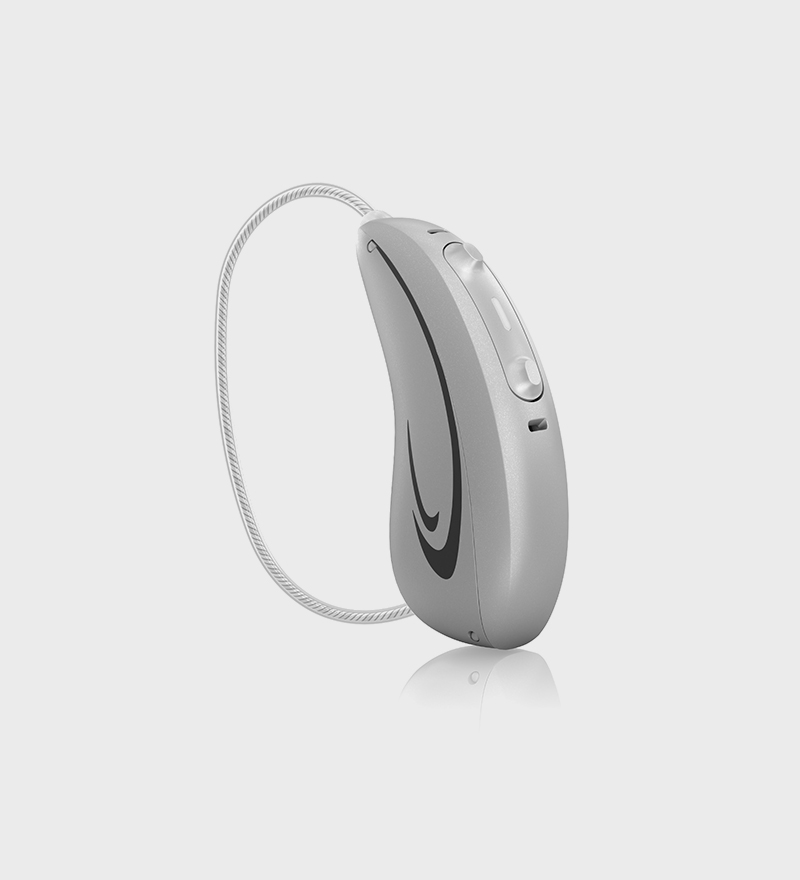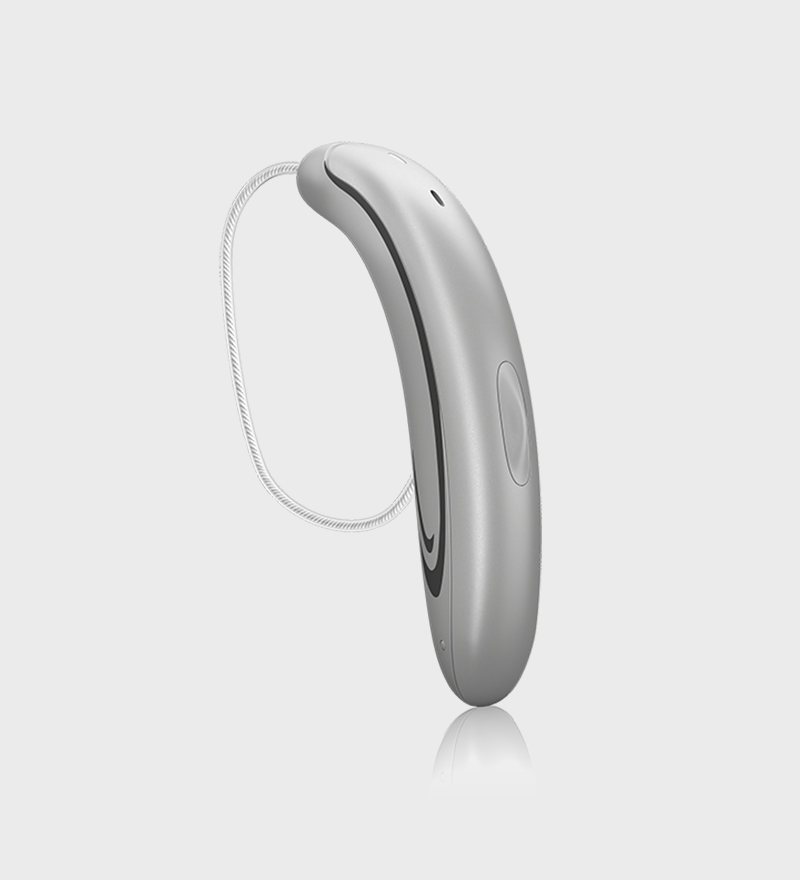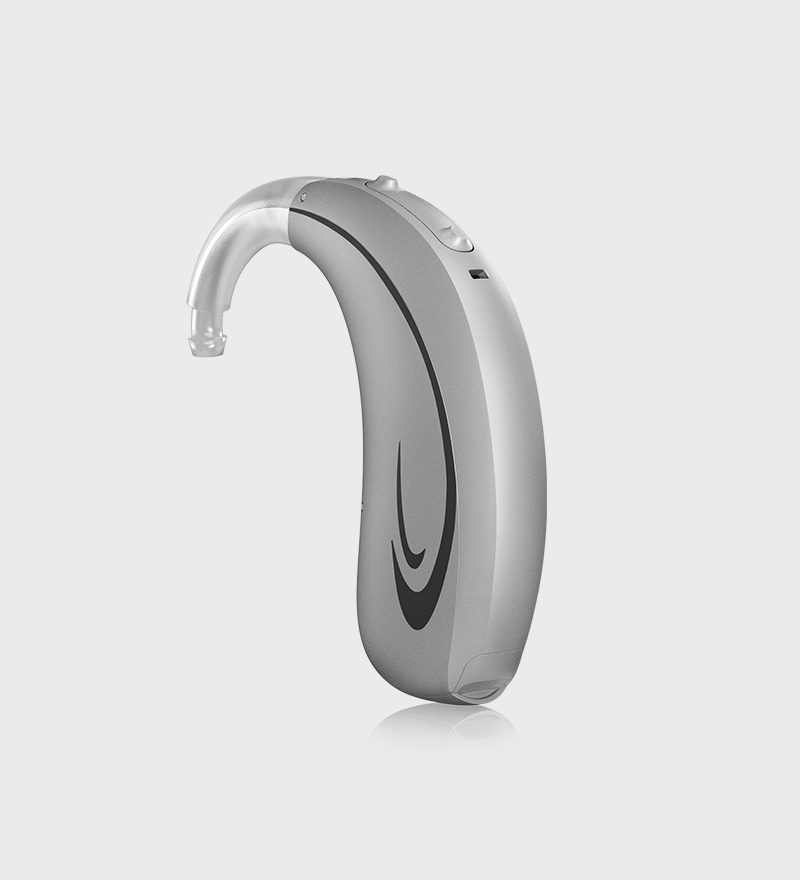
Make a statement at the next party with Stereobeam for easy conversations.
01Stereobeam, in the new conversation in Loud Noise Environment automatic program, equips you to confidently engage in conversations, even in the most challenging noisy situations. No more feeling left out at parties; you will be able to participate in countless social occasions.
02Stereobeam, uses the power of 4 microphones together from the left and right hearing aids to create a tighter beam, for increased focus on speech from the front.
Enjoy the next car ride
With dynamic speech beam for seamless chit-chat with co-passengers. Enable yourself to stay focused on the conversation, not the car noise, with our enhanced
Dynamic SpeechBeam for car!
01Our binaural 360 speech recognition detects the location of speech in the confines of a car. The hearing aids then work together to focus on the person talking and significantly reduce background noise, such as engine or traffic noise.
02Dynamic SpeechBeam can help you hear their co-passengers, no matter where they are sitting in the car.
Rechargeable freedom up to 24 hours of runtime
Proven rechargeable lithium-ion battery technology: freedom from having to change batteries.
Up to 24-hour battery life between charges, offering you the peace of mind to enjoy everyday life.
Only three hours charging time to a full charge.
The battery reaches 80% charge after only 1,5 hours of charging.
Less waste thanks to rechargeability.
Hearing Aid connect to your smartphone
Turn your hearing aid devices into discreet wireless headphones for hands-free phone calls. Answer a phone call or listen to music streaming directly to your hearing aids. Connect two phones or tablets at once. Enjoy the freedom!
With some HANSATON hearing aids, you can control mobile phone devices with a simple double tap on your ear.
You can personalize your listening experience with your smartphone. The basic features on the HANSATON app are very easy to use and the more advanced features provide even more specialized customization.
Designs to fall in love with
HANSATON FOKUS hearing aids are available in a variety of complementary colors.
Award-winning style
The beautiful, slender Style RIC hearing aids offer high performance, easy connectivity to your mobile phone, and the freedom of rechargeability.
Hearing Intelligence support your natural hearing
HearIntelligence™ technology, developed by HANSATON, aims to enhance natural functions and processes in human hearing.
Smooth Interactions
Our Styles

Jazz ST10
01Invisible in the canal
02Custom-made
03Battery 10
04Push button
05Telecoil optional
06Moderate to severe hearing loss

AQ Sound FS R
01Receiver in the canal
02Rechargeable Lithium-ion battery
03Wireless connectivity
04Multi-function button
05Double tap technology
062.5 cm tall
07IP68 water resistance
08Mild to severe hearing loss

AQ Sound FS RT
01Receiver in the canal
02Rechargeable Lithium-ion battery
03Wireless connectivity
04Multi-function button
05Double tap technology
063.0 cm tall
07Telecoil
08IP68 water resistance
09Mild to severe hearing loss

AQ Sound FS S
01Receiver in the canal
02Rechargeable Lithium-ion battery
03Wireless connectivity
04Push button
05Double tap technology
063.9 cm tall
07IP68 water resistance
08Mild to severe hearing loss

AQ Beat FS R
01Behind the ear
02Rechargeable Lithium-ion
03Wireless connectivity
04Multi-function button
05Double tap technology
063.3 cm tall
07IP68 water resistance
08Moderate to severe hearing loss

Beat FS R675 UP
01Behind the ear
02P675 battery
03Wireless connectivity
04Multi-function button
054.0 cm tall
06IP68 water resistance
07Telecoil
08Dual receiver for more power
09Severe to profound hearing loss


